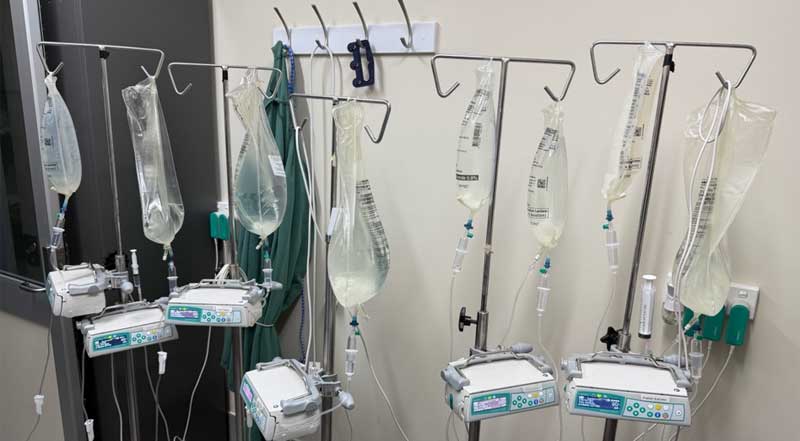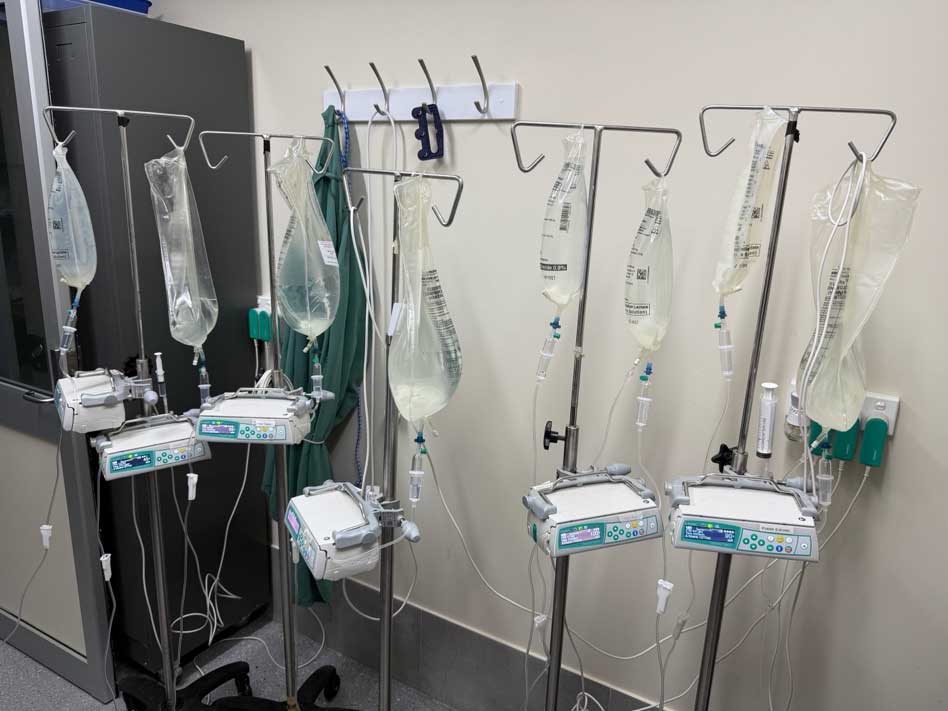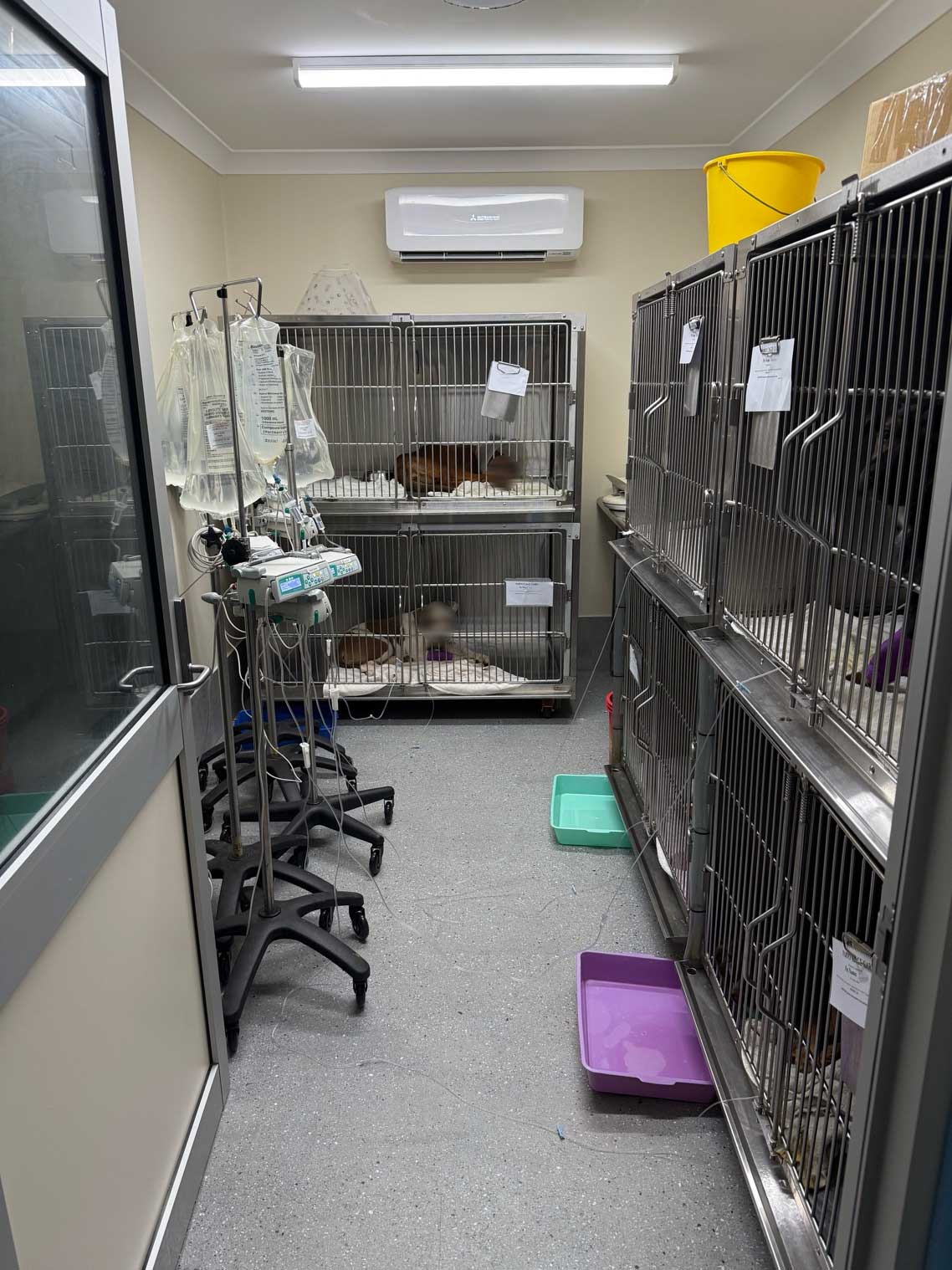| September 26, 2025
In the heart of South Australia’s outback, Whyalla—a coastal city known for its steelworks and resilient community—dog owners are facing a heartbreaking reality. A severe outbreak of canine parvovirus (CPV), commonly called “parvo,” has swept through the region, claiming the lives of dozens of beloved pets, mostly unvaccinated puppies and strays.
As warmer weather and recent rains create ideal conditions for the virus to thrive in the soil, local vets and animal welfare groups are sounding the alarm: without immediate action, this highly contagious killer could devastate even more families.
The good news: Parvo is entirely preventable through vaccination.
What Is Canine Parvovirus?
Canine parvovirus is a ruthless, single-stranded DNA virus that emerged in the late 1970s and quickly became one of the deadliest threats to dogs worldwide. It targets rapidly dividing cells in a dog’s body, primarily in the gastrointestinal tract and bone marrow, leading to severe inflammation, immune suppression, and often fatal dehydration. Puppies under six months and unvaccinated adults are hit hardest, but no dog is immune without protection.
The virus doesn’t discriminate by breed, though certain ones like Rottweilers, Dobermans, and German Shepherds may face higher risks due to genetic factors. In rare cases, very young pups develop myocarditis, a heart inflammation that can cause sudden collapse. Globally, parvo remains a top killer in shelters and communities with low vaccination rates
Whyalla’s Parvo Nightmare: A History of Heartbreak
Whyalla has long been a parvo hotspot in South Australia, where environmental factors like hot, dry summers followed by rain activate dormant virus particles in the soil.
The current 2025 outbreak, building on patterns from previous years, has been particularly brutal. Local estimates suggest over 100 dogs—mostly unvaccinated—have succumbed since early summer, with cases spiking in August and September.
The Whyalla Veterinary Clinic reports that while intensive treatments have saved nearly every dog they’ve admitted, many more are euthanized at home due to the expense of care.
Spotting the Signs: Symptoms of Parvo Infection
Parvo strikes fast, with an incubation period of 3–7 days after exposure. Early detection can mean the difference between life and death. Watch for these red flags, especially in puppies:
- Lethargy and weakness: Your energetic pup suddenly seems exhausted, unwilling to play or move.
- Loss of appetite: Refusal to eat, even favourite treats.
- Vomiting: Frequent, often projectile, and worsening over hours.
- Bloody diarrhoea: The hallmark sign—dark, foul-smelling stools with blood, resembling raspberry jam.
- Abdominal pain: Hunched posture or whining when touched.
- Dehydration: Sunken eyes, dry gums, and skin that doesn’t snap back when pinched.
Without treatment, symptoms escalate to severe dehydration and secondary infections, leading to death in 70–90% of cases within 48–72 hours.
In Whyalla’s outbreak, many owners report their dogs deteriorating overnight, underscoring the virus’s speed.
Treatment: A Race Against Time
There’s no antiviral cure for parvo—treatment is all about supportive care to let your dog’s immune system fight back. If you suspect exposure, isolate your pet immediately and take it to the vet.
Treatment consists of:
- IV fluids and electrolytes: To combat dehydration, requiring hospitalization to be given IV Fluids.
- Anti-nausea meds and antibiotics: To prevent vomiting and bacterial overgrowth.
- Pain relief and nutrition: Bland diets once stable.
In Whyalla, costs can exceed AUD 1,000–2,000 for a week of care. Survival jumps to 85–95% with prompt intervention.
The Ultimate Defense: Vaccination Saves Lives
The silver lining in this dark cloud? Parvo is vaccine-preventable, and it’s a core shot for every dog. The parvovirus vaccine—part of the DA2PP combo
(distemper, adenovirus type 2, parvo, parainfluenza)—triggers immunity without causing disease.
Puppy Vaccination Schedule
Puppies need a series to build protection, as maternal antibodies from bitch can interfere early on:
| Age | Vaccine Dose | Notes |
| 8 weeks | First DA2PP | Initial Vaccination |
| 12 weeks | Second DA2PP | Booster vaccination |
| 14–16 weeks | Third DA2PP | Final puppy booster. |
| Annual | Yearly DA2PP | Boosts immunity. |
Adult dogs unvaccinated or with unknown status? Treat them as high-risk—start the series immediately. In outbreak zones like Whyalla, boosters should be done annually. Side effects are rare (mild lethargy or swelling) and far outweigh the risks of not vaccinating.



